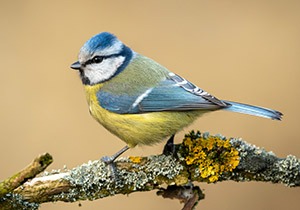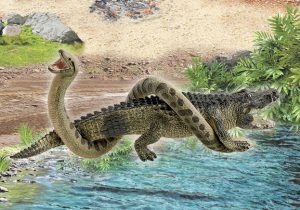
Uses of plastic primary resource
Discover some of the many uses of plastic, including ways that it can help the environment
*Sponsored
This Design & Technology primary resource introduces children to the versatile uses of plastic. By introducing the history of plastic manufacturing, the different uses for plastic products and its valuable properties as a design material, pupils have the opportunity to explore both sides of the plastic debate. Where does the word ‘plastic’ come from? Why is plastic used for so many different purposes? What makes plastic a problem for the environment?
Pupils will explore the pros and cons of plastic as a material — examining why it’s best suited for some products, and what alternatives are better for other products (i.e. to eliminate single-use), in our Covestro and National Geographic Kids D&T primary resource sheet.
The teaching resource can be used in study group tasks for discussing man-made inventions, problem-solving technology, and impacts of manufacturing and disposal. It could be used as a printed handout for each pupil to review and annotate, or for display on the interactive whiteboard for class discussion.
Activity: Pupils could use the resource to assist them in evaluating the effectiveness of the material of plastic and its many uses. Ask the children to make a table with four columns:
- Column 1 – Product (cut and stick an image from the downloadable resource sheet)
- Column 2 – Evaluation 1: What are the advantages of it being made from plastic?
- Column 3 – Evaluation 2: What are the disadvantages of it being made from plastic?
- Column 4 — Review: Is plastic best for this product? Is there an alternative material it could be made from? How would that work?
Challenge the children to think of some of the other positive uses of plastic in their daily lives. They could walk around the school building to help them think of ideas. Add photos or sketches of these products to their evaluation charts and fill out columns 2-4.
N.B. The following information for mapping the resource documents to the school curriculum is specifically tailored to the English National Curriculum and Scottish Curriculum for Excellence. We are currently working to bring specifically tailored curriculum resource links for our other territories; including South Africa, Australia and New Zealand. If you have any queries about our upcoming curriculum resource links, please email: schools@ngkids.co.uk
This primary resource assists with teaching the following Design and Technology Key stage 1 objectives from the National Curriculum:
Evaluate
- explore and evaluate a range of existing products
- evaluate their ideas and products against design criteria.
Technical knowledge
- build structures, exploring how they can be made stronger, stiffer and more stable.
Design
- design purposeful, functional, appealing products for themselves and other users based on design criteria
- generate, develop, model and communicate their ideas through talking, drawing, templates, mock-ups and, where appropriate, information and communication technology.
Design and Technology Key stage 2 Design and Technology objectives from the National Curriculum:
When designing and making, pupils should be taught to:
Evaluate
-
-
- investigate and analyse a range of existing products
- evaluate their ideas and products against their own design criteria and consider the views of others to improve their work
- understand how key events and individuals in design and technology have helped shape the world.
-
Design
-
- use research and develop design criteria to inform the design of innovative, functional, appealing products that are fit for purpose, aimed at particular individuals or groups.
Download primary resource
More Like

Let’s make a change: sustainability!

Get to know garden birds

Steve Backshall interview!









LEAVE A COMMENT
THANK YOU
Your comment will be checked and approved shortly.
WELL DONE,
YOUR COMMENT
HAS BEEN ADDED!
COMMENTS
Brilliant. My kids will surely love this
CUSTOMIZE YOUR AVATAR